 |
Picks is a monthly sampling of Japan's art scene, offering commentary by a variety of reviewers about exhibitions at museums and galleries in recent weeks, with an emphasis on contemporary art by young artists. |
 |
 |
|
|
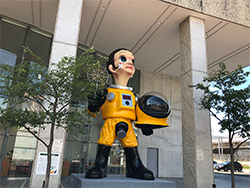 |
|
| Kenji Yanobe: Sun Child |
| 3 August 2018 - ?? |
Com-Com
(Fukushima) |
 |
| While Yanobe is known for his creation of mythical, SF-like worlds derived from his own fantasies, many of his works have nuclear themes inspired by such events as the Chernobyl and Fukuryu-maru radiation disasters. Sun Child, a massive sculpture of a young boy clad in a radiation-proof suit that Yanobe made after the Fukushima Nuclear Plant meltdown in 2011, was installed in early August at the Com-Com Children’s Creative Learning Center near Fukushima Station. Intended, says the artist, to express his wish for a world free of nuclear disasters, it instead sparked immediate controversy in Fukushima and at last report was slated for removal. |
|
|
 |
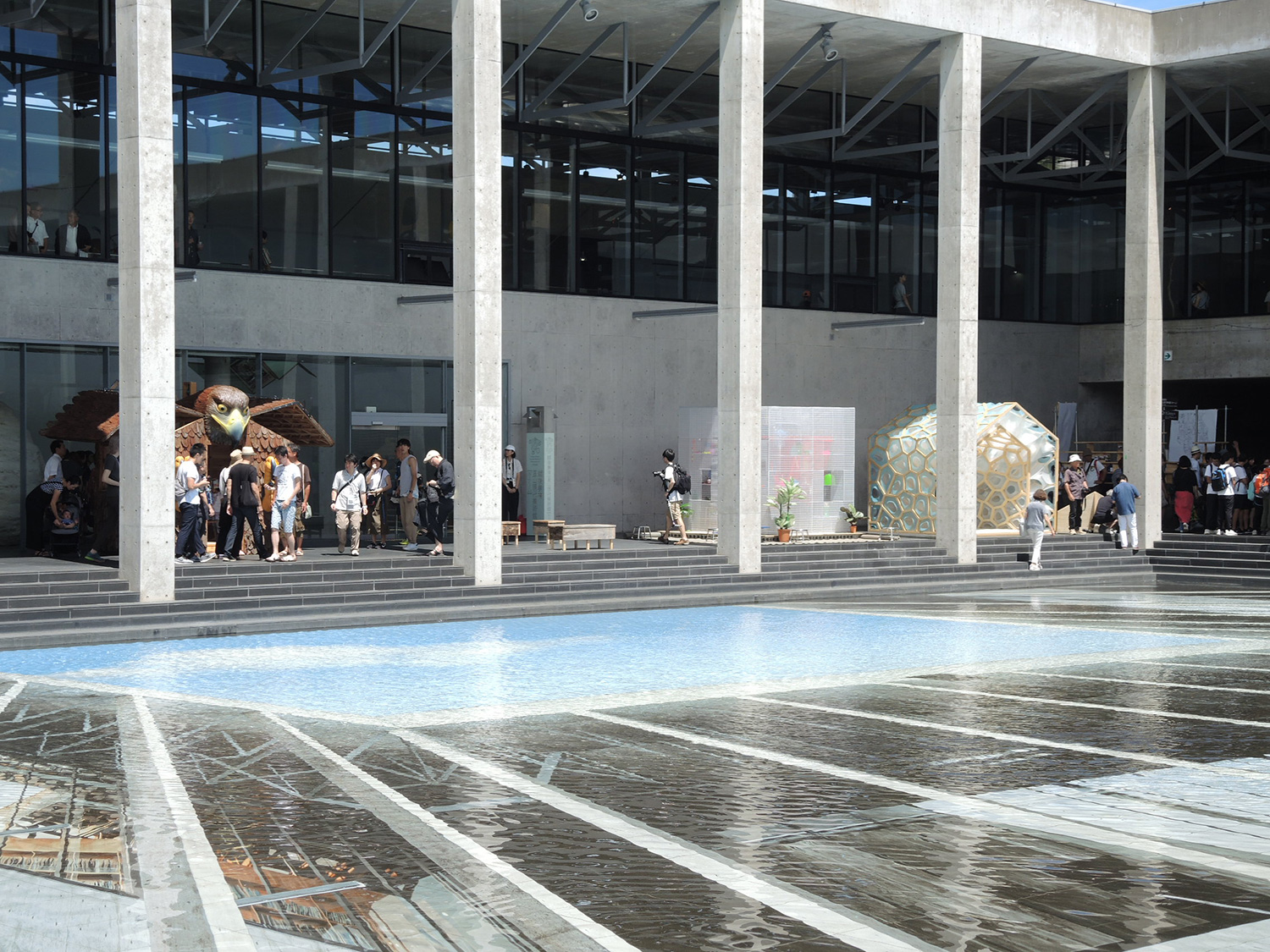 |
|
| Echigo-Tsumari Art Triennale 2018 |
| 29 July - 17 September 2018 |
Echigo-Tsumari Art Field
(Niigata) |
 |
| Set in the verdant rolling hills of the Echigo-Tsumari region of Niigata Prefecture, this Triennale has contributed significantly to erasing the distinction between art and architecture for Japanese art festivals since it began in 2000. The 2018 iteration also had its share of architectural highlights, notably Leandro Erlich's optical illusion-exploiting Palimpsest: pond of sky and a row of tiny four-and-a-half tatami mat-size pavilions. Plans call for installing these works in nearby towns once the Triennale is over. |
|
|

|
 |
 |
|
 |
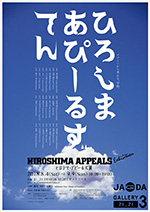 |
 |
| Hiroshima Appeals |
| 4 August - 9 September 2018 |
21_21 Design Sight Gallery 3
(Tokyo) |
 |
| Each year the Japan Graphic Designers Association (JAGDA), the Hiroshima Peace Creation Fund, and the Hiroshima International Cultural Foundation team up to produce a poster intended to give voice to the "Hiroshima Spirit" from what they term a "pure, neutral standpoint." The artist is selected from the JAGDA membership and does the work gratis. This show presented all 21 posters in the series, which began in 1983 with "Burning Butterflies" by the late Yusaku Kamekura; this year's offering, by Kazunari Hattori, is titled "Question Mark, 2018." |
|
|
|
|
|
|
|

|
 |
 |
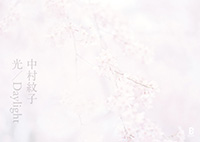 |
 |
| Ayaco Nakamura: Daylight |
| 10 - 26 August 2018 |
B Gallery
(Tokyo) |
 |
| Since 2008 Nakamura has released a steady output of both paintings and photographs. But following her May 2011 photo collection Silence, which came on the heels of the Tohoku earthquake and tsunami and dealt with her personal views of life and death, she distanced herself from photography and devoted herself to working in the disaster area and with intellectually disabled people. This solo show, featuring her new Daylight series, was her first exhibition of photographic works in a long time. |
|
|
 |
 |
| The Brotherhood |
| 2 - 5 August 2018 |
Theatre Moliere
(Tokyo) |
 |
| A collaborative production by the Japanese theater company AsiAn Rib and the Taiwanese troupe AxixA, this is a work by the prolific Taiwanese playwright Dazi Lin about erotic love between two brothers. Born of two different mothers, the men grow up separately in Japan and Taiwan unaware of each other's existence, only learning they are half-brothers after becoming romantically involved. The play is both a serious look at LGBT issues in Asia and hilariously entertaining. |
|

|
 |
 |
 |
 |
|
| 1980s Exhibition |
| 1 - 13 August 2018 |
Nihombashi Mitsukoshi
(Tokyo) |
 |
| Exhibitions about the 1980s have been rife in Japan lately as the country looks back on what this show calls "that hot, energetic era," now three decades past. The Mitsukoshi Department Store's presentation focused mainly on the countercultural aspects of the 1980s -- fashion, anime, manga, character goods, pop idols -- as well as the advent of devices like the mobile phone and the personal computer that would revolutionize Japanese lifestyles. |
|
|
 |
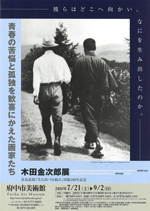 |
 |
| Kinjiro Kida |
| 21 July - 2 September 2018 |
Fuchu Art Museum
(Tokyo) |
 |
| The show's lengthy subtitle pretty much sums it up: "In Commemoration of the Centennial of the Publication of The Agony of Coming into the World by Takeo Arishima: Artists Who Turned Their Youthful Agonies and Solitude into Joy." Kida (1893-1962) is known as the artist who makes an appearance in Arishima's famous novel. The book relates how Kida was torn between the demands of life and art, supporting his family as a fisherman in Hokkaido but never abandoning his desire to paint. On exhibit were works by the artist accompanied by sketches and other materials associated with the novel. |
|
|
|
|
|
|
|
|
|
 |
|